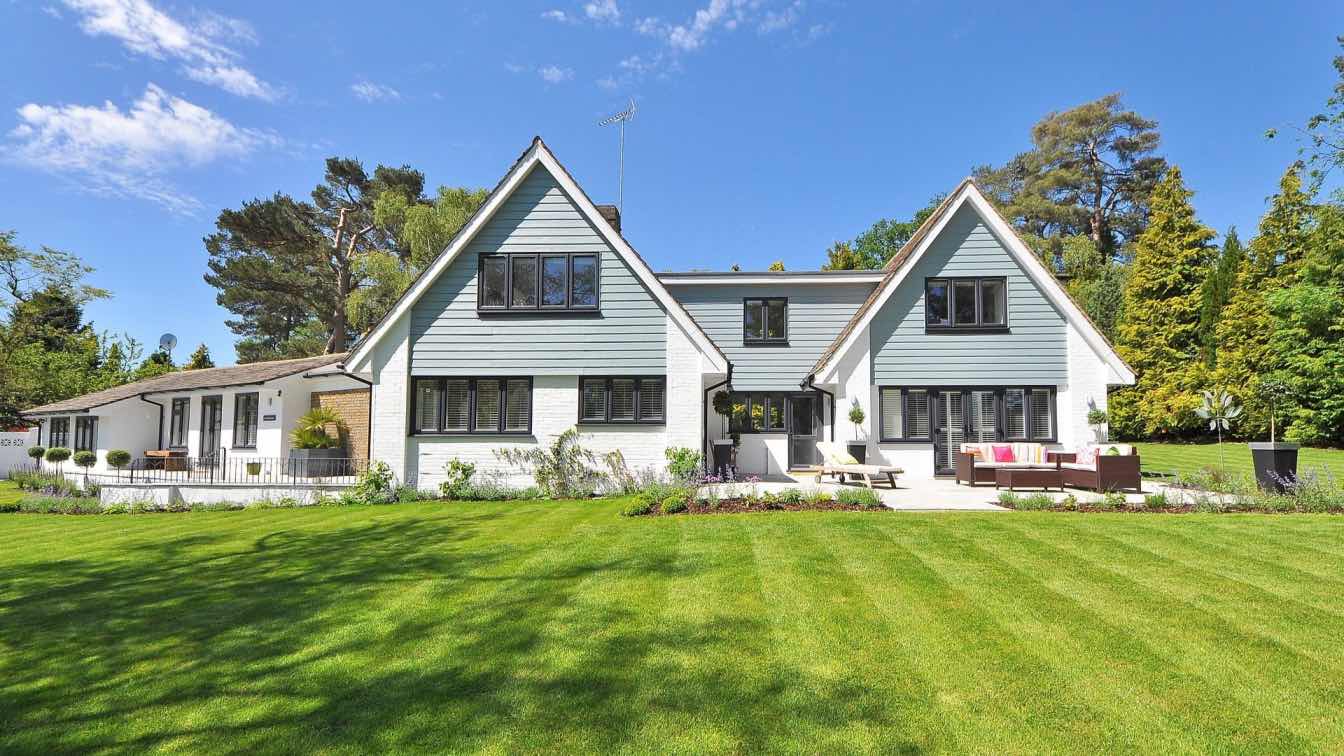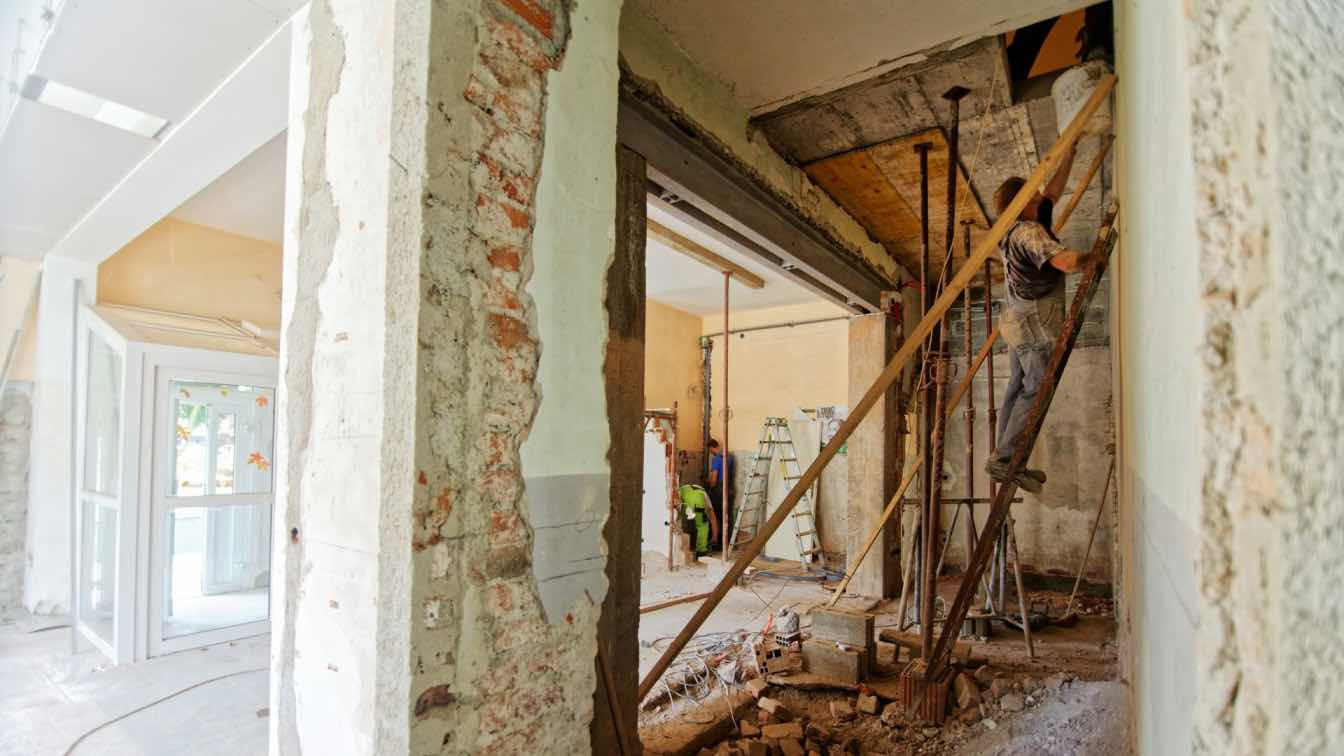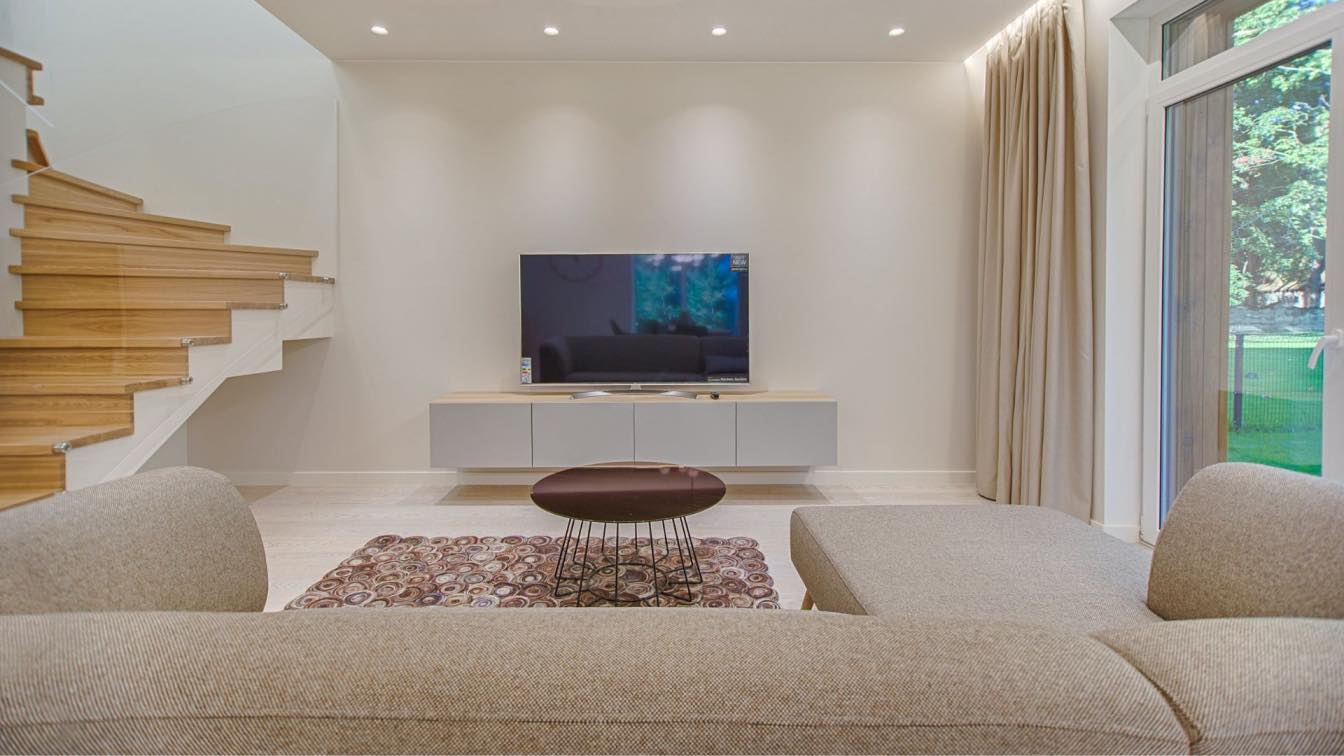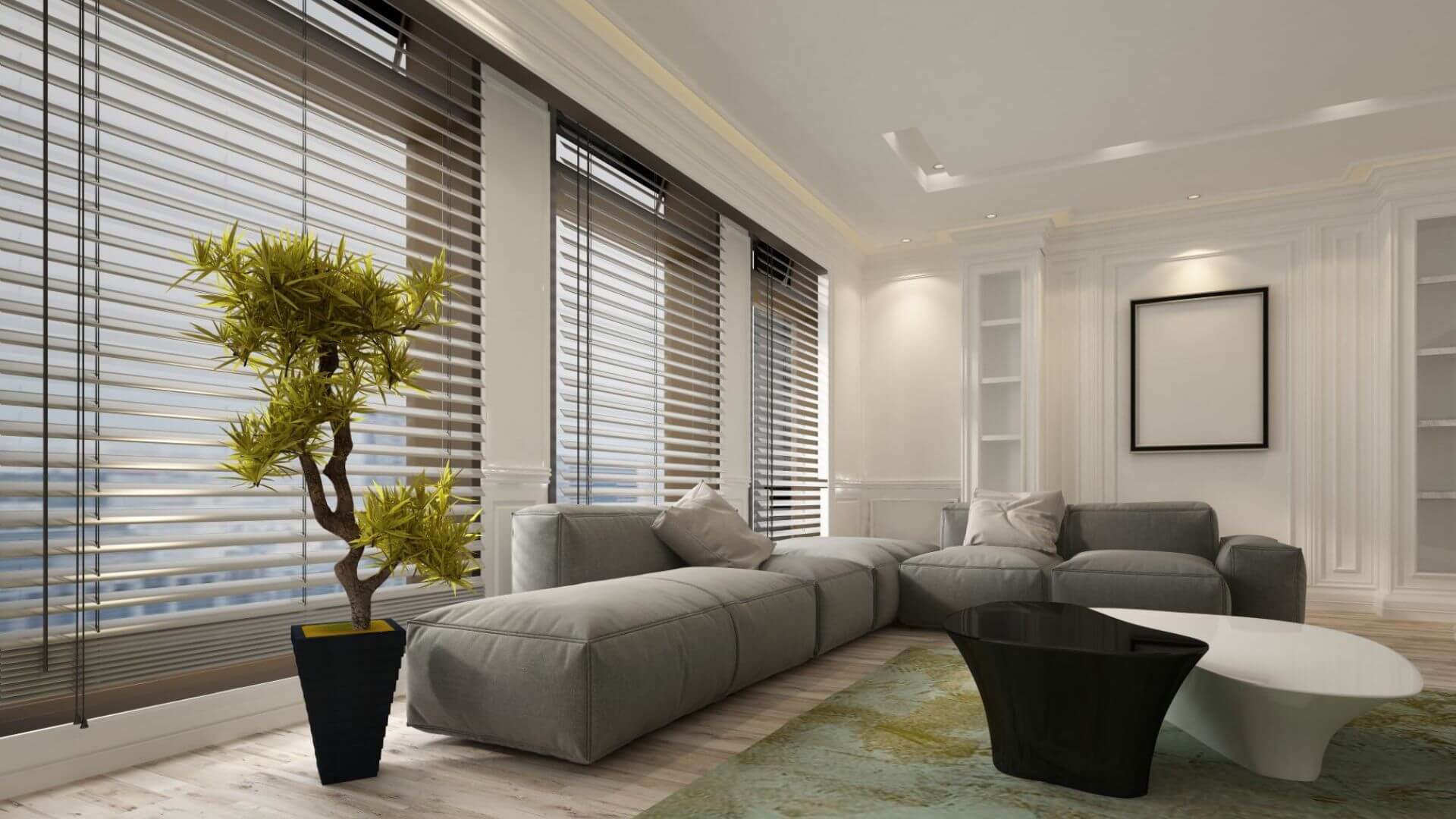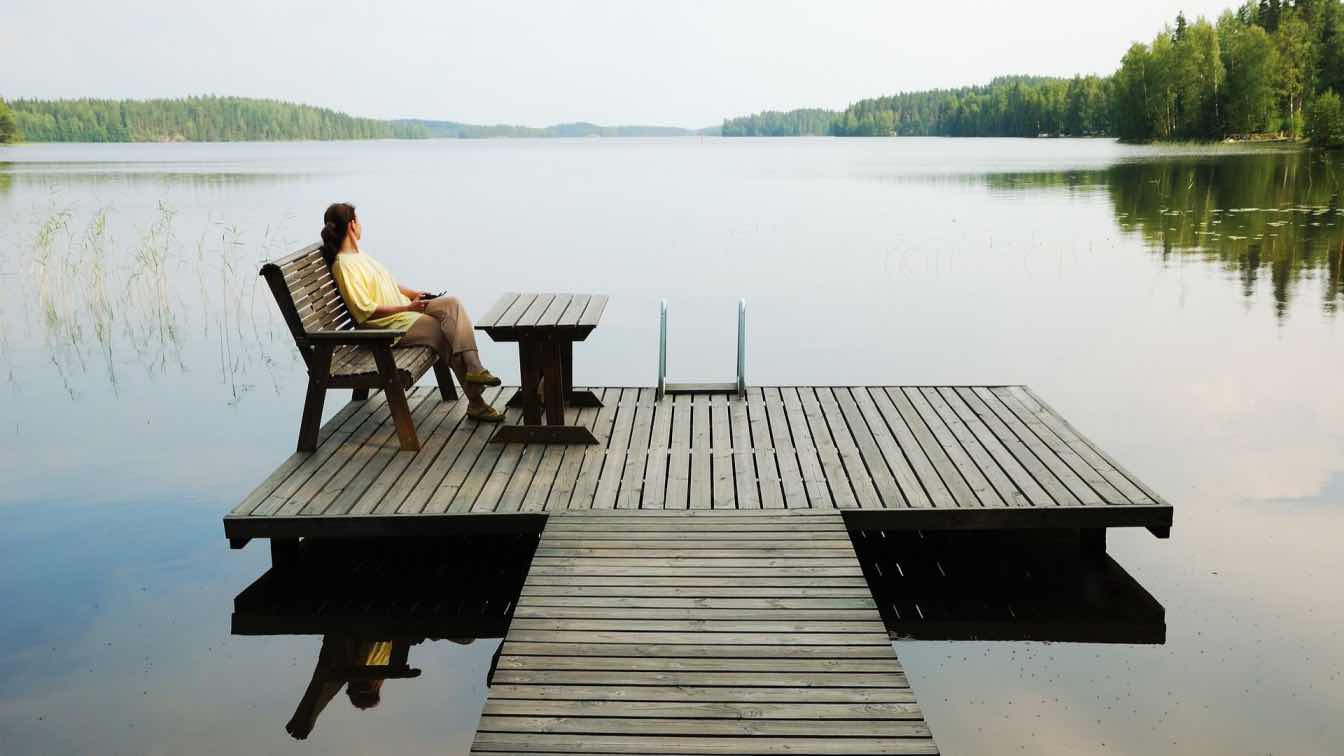Modern residential landscape architecture is evolving to blend aesthetics with functionality, creating outdoor spaces that enhance both beauty and lifestyle. Homeowners are increasingly focused on designs that incorporate sustainable practices, smart technology, and versatile elements that maximize outdoor living.
These trends reflect a shift towards integrating nature with modern living, resulting in landscapes that are both practical and visually appealing. From eco-friendly materials to innovative lighting solutions, the following trends are shaping the future of residential landscape architecture for contemporary homes. Contact J Bell Services to learn more.
Sustainable and Eco-Friendly Landscaping
Sustainable landscaping is a leading trend in modern residential design, driven by a commitment to environmental responsibility. Homeowners are prioritizing eco-friendly practices like using permeable pavers to manage water runoff and planting drought-resistant vegetation that requires minimal watering.
Rainwater harvesting systems have become popular, allowing homes to reduce their reliance on municipal water supplies. Composting organic waste on-site also enriches soil naturally, avoiding harmful chemicals. Additionally, solar-powered outdoor lighting enhances the landscape's beauty while minimizing energy use.
Incorporating sustainable elements into your landscape reduces environmental impact and supports a greener lifestyle.
Integration of Smart Technology
Smart technology is transforming residential landscape architecture, making outdoor spaces more efficient and user-friendly. Homeowners are increasingly incorporating automated irrigation systems that optimize water usage based on weather conditions and soil moisture levels. These systems ensure that landscapes receive the precise amount of water needed, reducing waste and maintaining plant health.
Smart lighting solutions are also gaining popularity, offering programmable settings that adjust lighting intensity and color to suit different occasions. These lights enhance the ambiance of outdoor spaces while improving security through motion sensors and remote access features.
Robotic lawnmowers represent another innovative trend, providing hands-free lawn care that keeps yards consistently well-maintained. These devices operate quietly and efficiently, allowing homeowners to enjoy pristine lawns without manual effort. Integrating smart technology into residential landscapes enhances convenience, promotes sustainability, and adds a modern touch to outdoor living. Embracing these advancements allows homeowners to enjoy their outdoor spaces with greater ease and efficiency.
Outdoor Living Spaces and Multifunctional Areas
The trend in residential landscape architecture now centers on outdoor living spaces that extend the home's functionality. Homeowners seek environments where indoor and outdoor living seamlessly merge, allowing for year-round enjoyment.
Integrated Outdoor Living Areas
Contemporary designs emphasize multifunctional outdoor areas. Features such as outdoor kitchens, dining spaces, and relaxation zones are increasingly common. These integrated areas support diverse activities, from family meals to social gatherings, enhancing the overall utility of the outdoor space.
Adaptable and Flexible Elements
Designers frequently incorporate adaptable elements to maximize functionality. Retractable screens, modular furniture, and adjustable lighting allow homeowners to customize their outdoor areas based on specific needs and occasions. This flexibility ensures that the space remains practical and enjoyable in various settings.
Sustainable and Efficient Features
Modern outdoor spaces also focus on sustainability. Features like energy-efficient lighting, rainwater harvesting systems, and drought-resistant landscaping contribute to eco-friendly living. These elements not only reduce environmental impact but also lower maintenance costs for homeowners.
Overall, current residential landscape architecture trends highlight the importance of multifunctional and adaptable outdoor living areas. By integrating various features and focusing on sustainability, homeowners achieve a space that enhances both functionality and enjoyment.
Use of Native Plants and Low-Maintenance Gardens
In modern landscape architecture, there’s a growing emphasis on using native plants and designing low-maintenance gardens. These trends address both environmental concerns and the practical needs of homeowners.
Native plants are increasingly popular due to their adaptability to local climates. They generally require less water, fertilizer, and pesticides than non-native species. This reduces the amount of maintenance needed and supports local ecosystems by providing habitats for wildlife.
Low-maintenance gardens are designed to be efficient and easy to care for. Homeowners seek gardens that offer aesthetic appeal without demanding extensive upkeep. Elements such as ground covers, ornamental grasses, and drought-tolerant shrubs contribute to this goal. Ground covers minimize the need for mowing and weed control, while ornamental grasses add texture and visual interest with minimal effort. Drought-tolerant plants are well-suited to various climates, reducing the need for frequent watering.
Key features of low-maintenance gardens include:
- Ground Covers: These reduce lawn areas and require less maintenance.
- Ornamental Grasses: They offer beauty with minimal care.
- Drought-Tolerant Plants: They thrive with limited water and are ideal for various weather conditions.
The use of native plants and low-maintenance garden designs reflects current landscape architecture trends. These approaches not only enhance environmental sustainability but also provide practical solutions for homeowners seeking gardens that are both attractive and easy to manage.
Water Features and Natural Elements in Design
In contemporary residential landscape design, water features and natural elements play a significant role in creating visually appealing and serene outdoor spaces. These design elements enhance both aesthetics and ambiance.
Water features such as fountains, ponds, and waterfalls add a dynamic element to gardens and yards. Fountains provide gentle sounds and reflective surfaces that promote relaxation. Ponds, whether large or small, serve as focal points and support local wildlife, while waterfalls introduce movement and natural sound, enhancing the tranquil atmosphere.
Incorporating natural elements further complements water features. Stone paths, gravel beds, and wooden structures blend seamlessly with the landscape. Stone paths guide visitors through the space, offering a rugged yet elegant touch. Gravel beds reduce lawn areas and minimize maintenance, adding a clean, modern look. Wooden elements, such as pergolas and bridges, bring warmth and a rustic charm that contrasts with the sleekness of water features.
Designers combine these elements to achieve a cohesive and balanced outdoor environment. For instance, natural stone might frame a pond, while native plants surround a fountain to integrate the feature into the overall design.
Contact J Bell Services Today
Modern residential landscape architecture trends emphasize a blend of sustainability, technology, and aesthetic appeal. By integrating eco-friendly practices, smart technology, multifunctional spaces, native plants, and natural elements, homeowners create outdoor environments that are both practical and visually captivating. Embracing these trends not only enhances the functionality and beauty of outdoor spaces but also promotes a greener and more efficient lifestyle.

